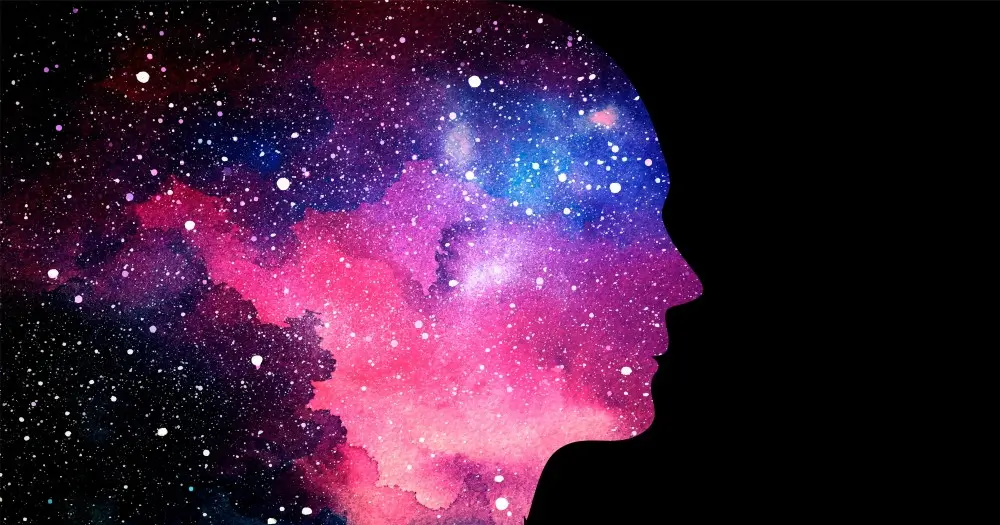Table of Contents
Dream interpretation has intrigued humanity for centuries, blending science, psychology, and cultural beliefs. Dreams, once considered omens or messages from the divine, are now understood through various scientific and psychological frameworks. This article explores the science of dream interpretation, examining its history, theories, and contemporary understanding.

1. Historical Perspectives on Dream Interpretation
Dream interpretation has deep roots in ancient cultures and religions, reflecting its longstanding significance in human thought.
- Ancient Civilizations: In ancient Egypt and Mesopotamia, dreams were often viewed as messages from the gods or as prophetic visions. Dream interpretation was an important aspect of religious and cultural practices, with specialized priests and scholars interpreting dreams to guide decisions and predict future events.
- Sigmund Freud: The early 20th century saw a major shift in understanding dreams with the work of Sigmund Freud. Freud&8217;s book &8220;The Interpretation of Dreams&8221; (1900) introduced psychoanalysis, proposing that dreams were manifestations of unconscious desires and repressed thoughts. According to Freud, dreams provide insight into the unconscious mind and serve as a way to process unresolved conflicts and desires.
2. Theories of Dream Function
Several theories attempt to explain the function and significance of dreams, each offering a different perspective on their role in our mental and emotional lives.
- Psychoanalytic Theory: Freud&8217;s psychoanalytic theory posits that dreams are a form of wish fulfillment, allowing the unconscious mind to express repressed desires and unresolved conflicts. Dreams are seen as symbolic representations of these unconscious elements.
- Cognitive Theory: Cognitive theories, such as those proposed by Allan Hobson and Robert McCarley, suggest that dreams are a byproduct of the brain&8217;s process of organizing and storing information. According to this view, dreams help in processing experiences, emotions, and memories, contributing to problem-solving and cognitive functions.
- Neuroscientific Theory: Neuroscientific approaches focus on the brain&8217;s activity during sleep. The activation-synthesis hypothesis, proposed by Hobson and McCarley, suggests that dreams result from random neural activity in the brain&8217;s limbic system, which is then synthesized into a coherent narrative by the brain&8217;s higher cognitive functions.
3. The Structure of Dreams
Understanding the structure of dreams involves examining their various stages and characteristics.
- REM Sleep: Rapid Eye Movement (REM) sleep is the stage most closely associated with vivid dreaming. During REM sleep, the brain exhibits high levels of activity, and the body experiences muscle atonia, or paralysis, to prevent acting out dreams. REM sleep occurs multiple times throughout the night and is thought to be crucial for memory consolidation and emotional regulation.
- Non-REM Sleep: Dreams can also occur during Non-REM (NREM) sleep, though they tend to be less vivid and more fragmented compared to REM dreams. NREM dreams are often related to daily experiences and are less likely to involve complex narratives or emotional content.

4. Common Themes and Symbols in Dreams
Dreams often feature recurring themes and symbols that can provide insights into the dreamer&8217;s subconscious mind.
- Common Symbols: Certain symbols, such as being chased, falling, or flying, frequently appear in dreams and are often interpreted as representing common psychological states or fears. For example, being chased in a dream may symbolize feelings of anxiety or avoidance in waking life.
- Personal Context: The interpretation of dream symbols can vary based on personal experiences and cultural background. A symbol that holds specific meaning for one individual may have a different significance for another. Personal context and emotional associations play a crucial role in understanding dream content.
5. Cultural and Historical Influences
Cultural and historical factors shape the interpretation and significance of dreams across different societies.
- Cultural Variations: Different cultures have unique beliefs and practices related to dreams. For instance, in some Indigenous cultures, dreams are seen as a means of communication with ancestors or spiritual guides, while other cultures may view dreams as reflections of personal or collective experiences.
- Historical Perspectives: Throughout history, the interpretation of dreams has evolved in response to changing beliefs and scientific understanding. From ancient religious interpretations to modern psychological theories, the significance of dreams has been viewed through various lenses.
6. Contemporary Applications of Dream Interpretation
In modern times, dream interpretation is used in various contexts, including psychological therapy and self-help.
- Therapeutic Use: Psychologists and therapists often use dream analysis as a tool for exploring unconscious thoughts and emotions. By examining the content and themes of dreams, therapists can gain insights into a client&8217;s psychological state and work with them to address underlying issues.
- Self-Help and Personal Growth: Many people use dream journals and self-help techniques to explore their own dreams and gain personal insights. Keeping a dream journal can help individuals identify patterns, themes, and emotional states that may provide clues to their inner thoughts and concerns.
7. Future Directions in Dream Research
The study of dreams continues to evolve, with ongoing research exploring new methods and theories.
- Technological Advances: Advances in neuroimaging and sleep studies are providing new insights into the neural mechanisms underlying dreaming. Functional MRI (fMRI) and electroencephalography (EEG) are being used to investigate brain activity during sleep and its relationship to dream content.
- Cross-Disciplinary Research: Collaborative research across fields such as psychology, neuroscience, and cognitive science is enhancing our understanding of dreams. Integrating findings from various disciplines may lead to more comprehensive theories of dream function and interpretation.

Conclusion
The science of dream interpretation offers a fascinating exploration of the human mind, bridging ancient traditions and modern scientific understanding. Dreams have long been a source of intrigue and insight, reflecting our innermost thoughts, fears, and desires. As research continues to advance, our understanding of dreams and their role in our mental and emotional lives will deepen, revealing new dimensions of the complex relationship between the conscious and unconscious mind. The study of dreams not only enriches our understanding of human psychology but also highlights the ongoing quest to unravel the mysteries of the mind.
